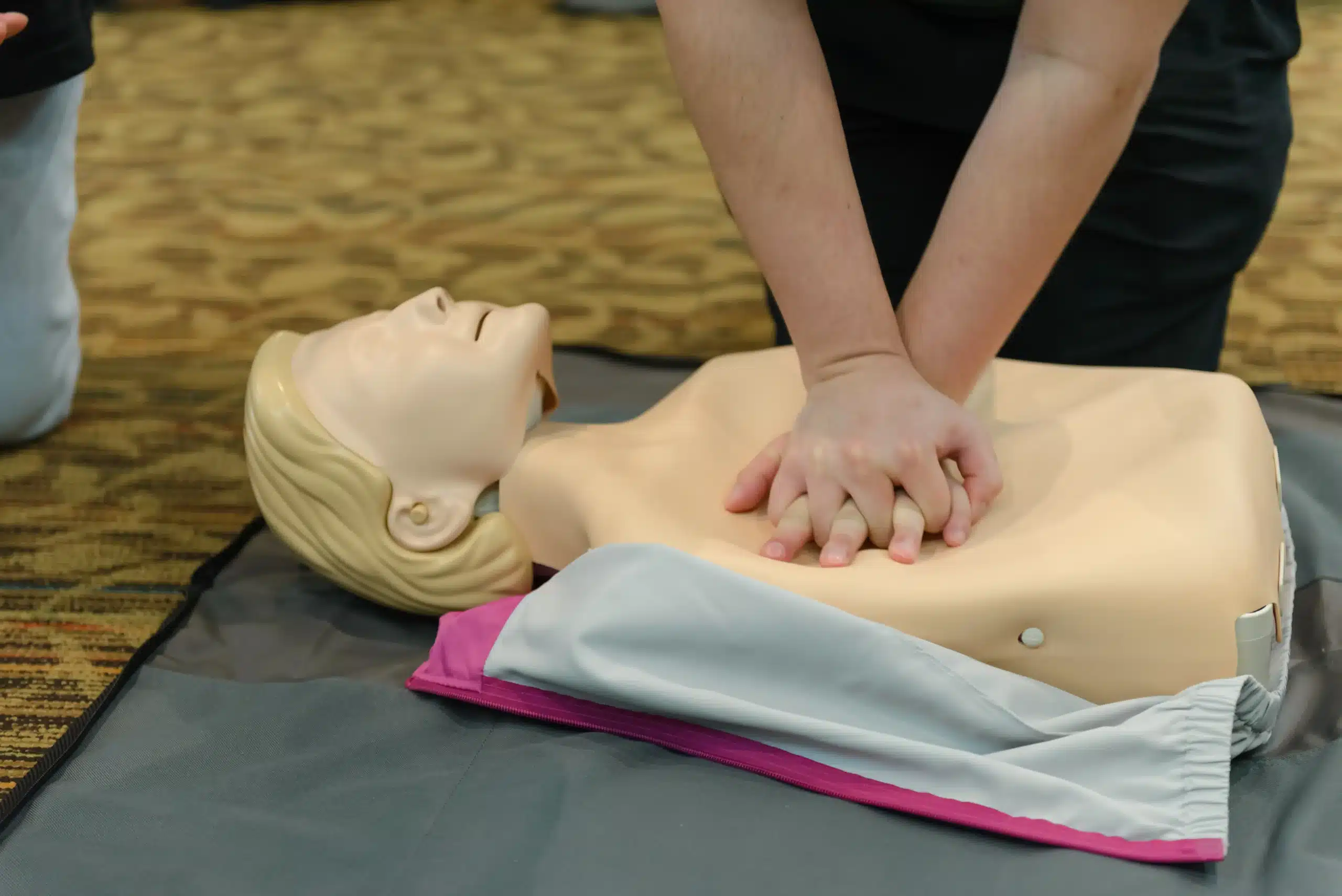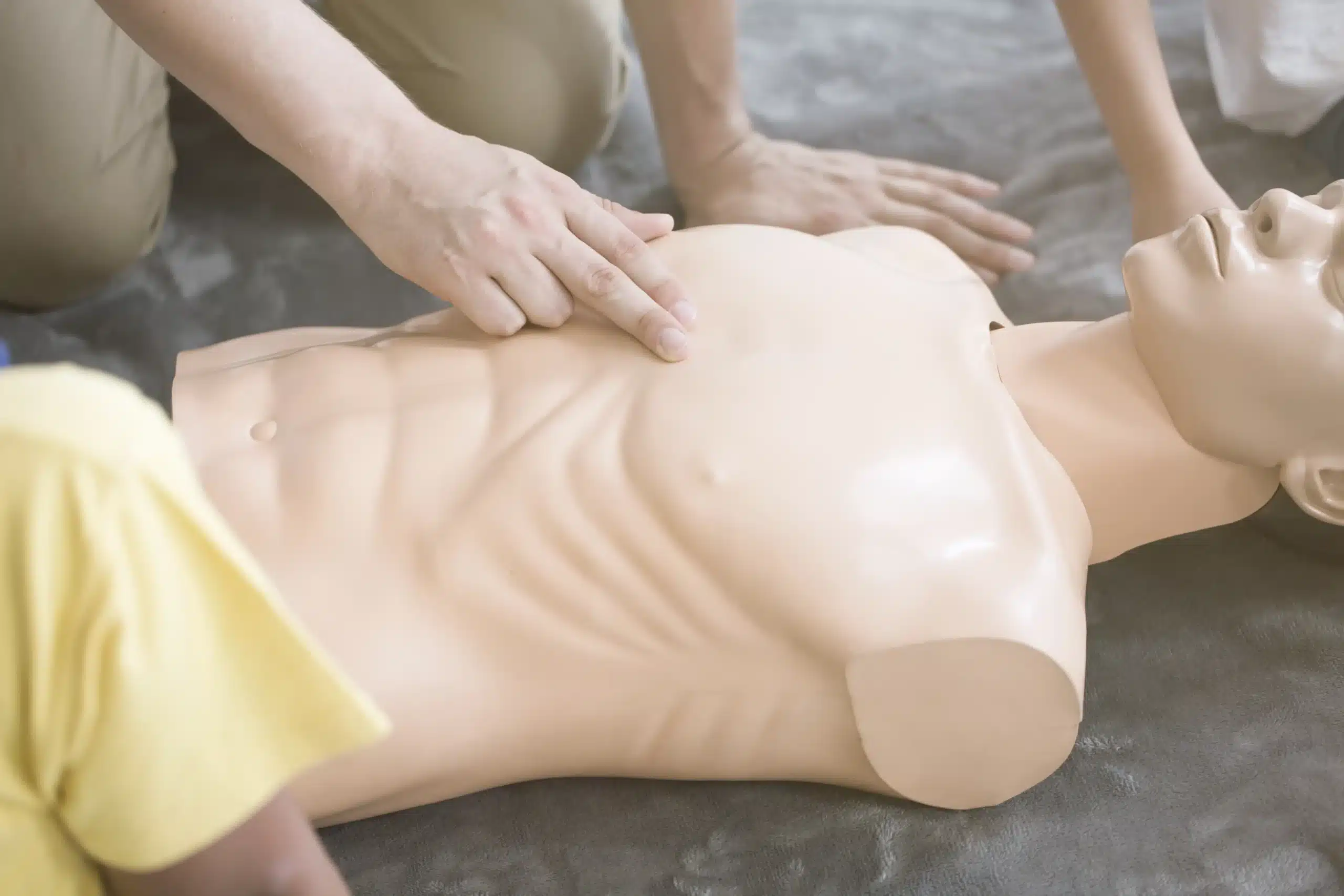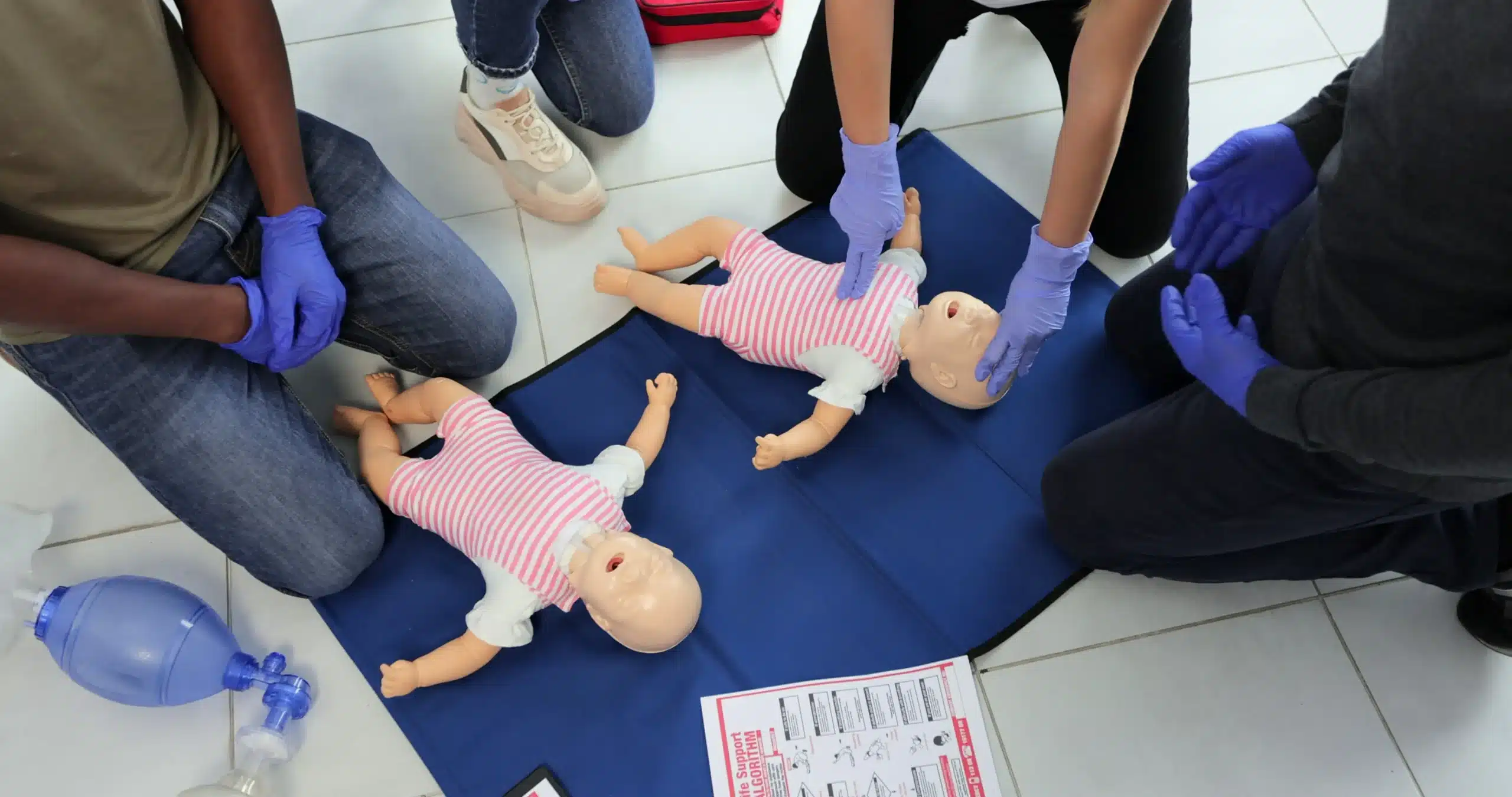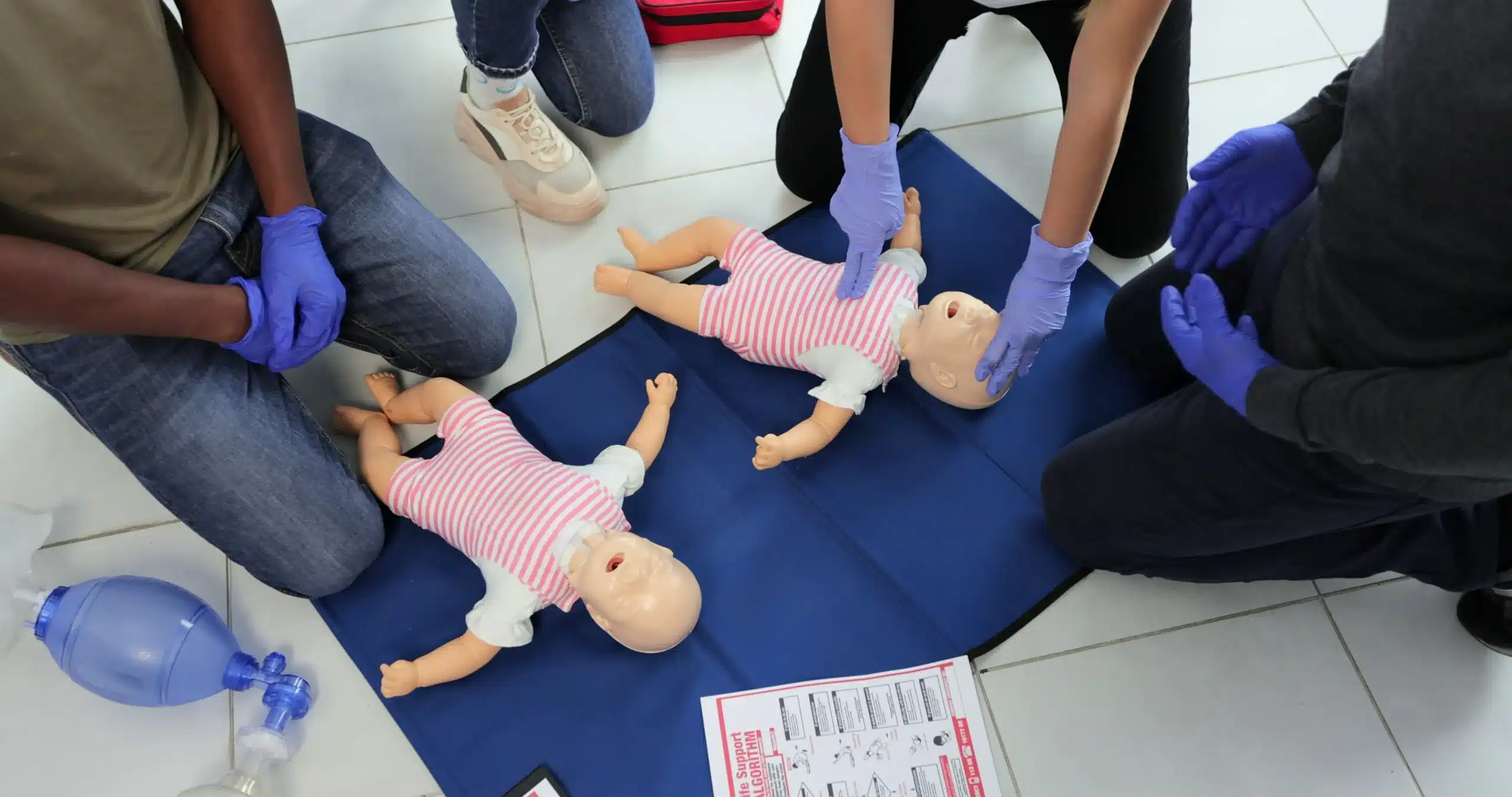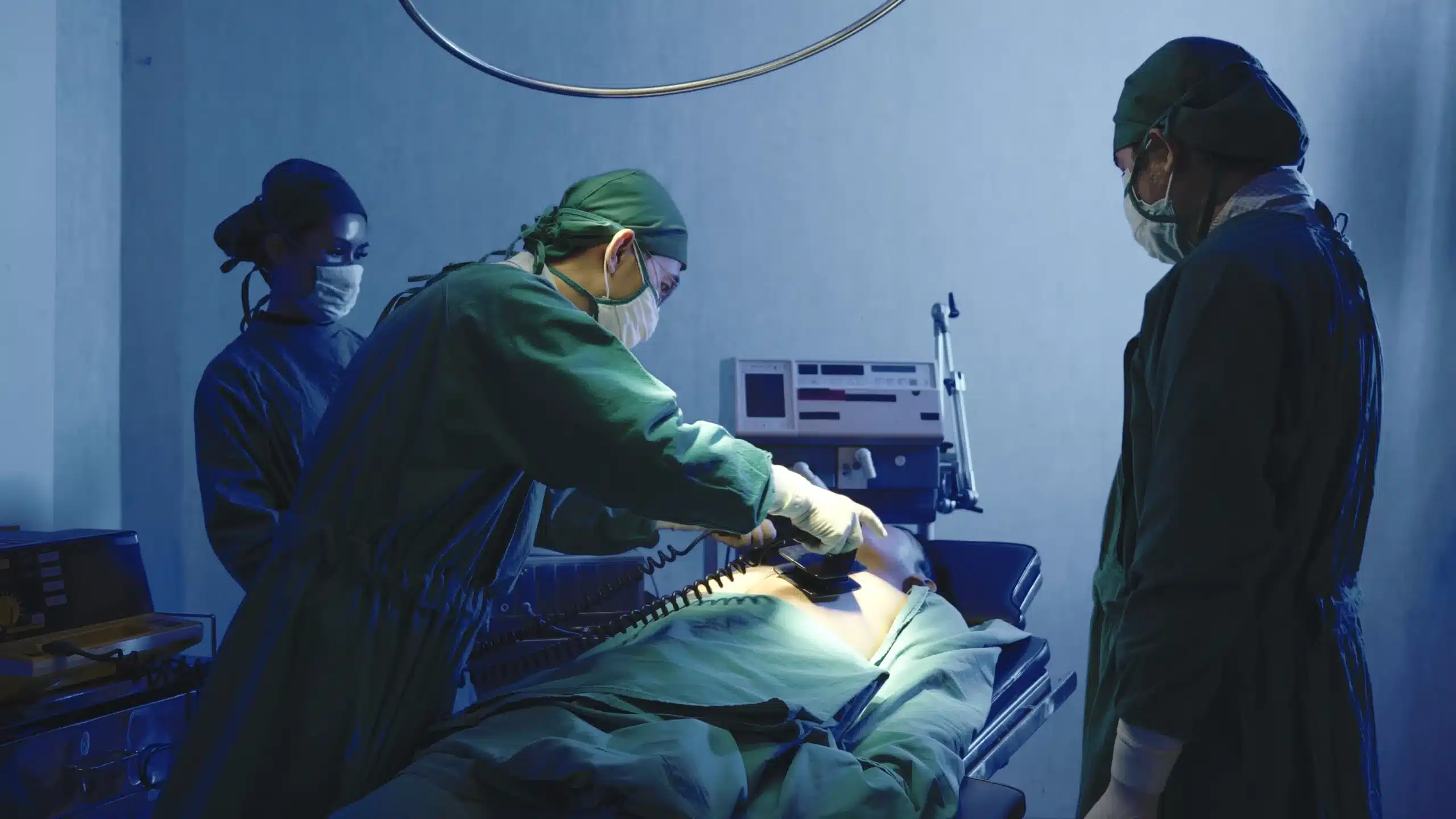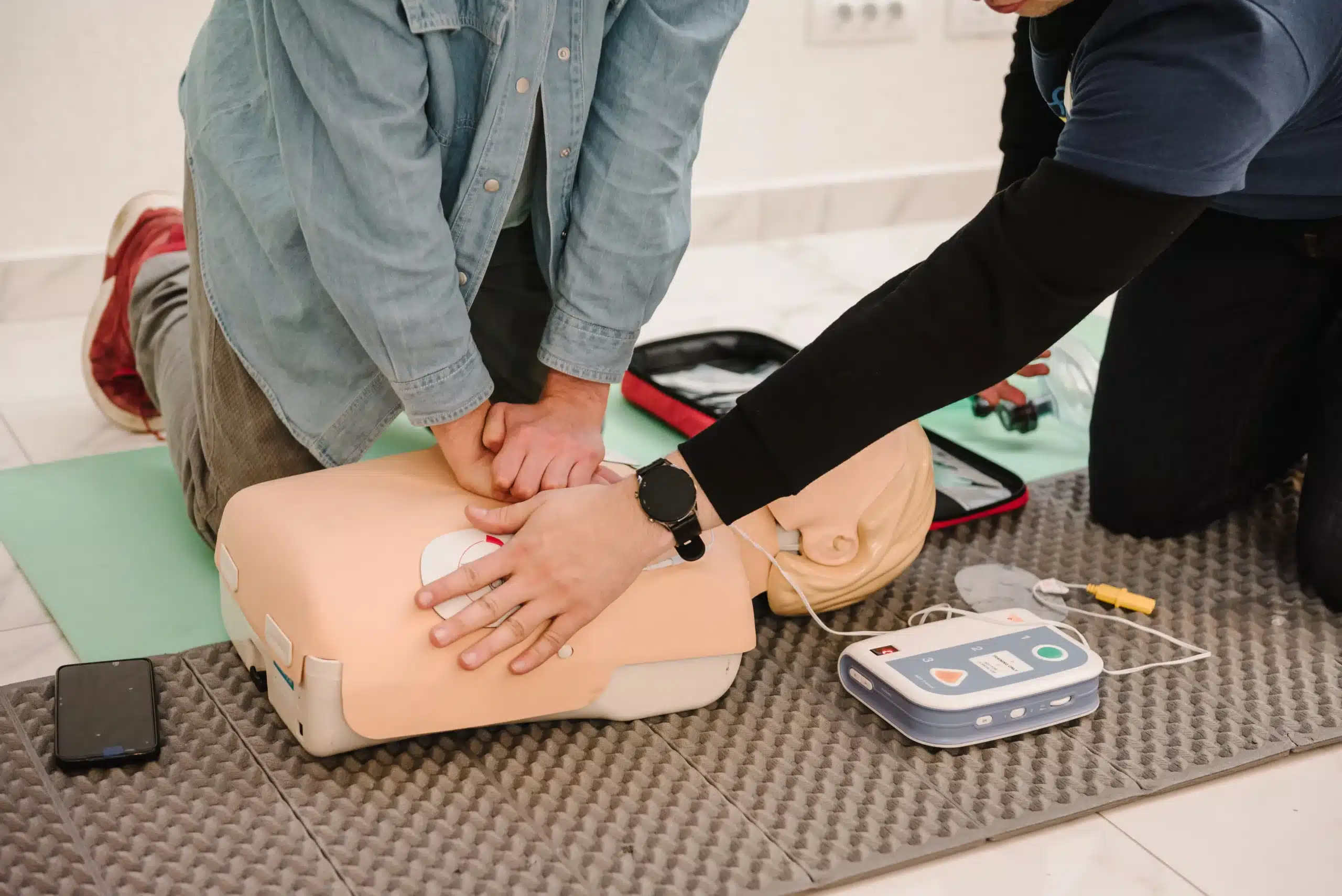Working in healthcare means being prepared for anything, and BLS certification is your foundation for responding effectively to emergencies. This guide is your go-to resource for BLS for healthcare providers in Alameda. We’ll break down what BLS entails, why it’s so important for patient care and teamwork, and how you can get certified or recertified right here in Alameda. From understanding the essential skills to finding the right course and managing costs, we’ll cover everything you need to know to confidently handle critical situations. Let’s explore the options for BLS for healthcare providers in Alameda and empower you to provide the best possible care.
Key Takeaways
- BLS skills are essential for everyone: From healthcare professionals to everyday individuals, BLS training empowers you to handle emergencies confidently. Learn CPR, AED use, and airway management techniques to make a real difference.
- Choose your BLS course wisely: Consider factors like AHA accreditation, instructor experience, and schedule flexibility when selecting a training provider. Explore options like Safety Training Seminars in Alameda for convenient and reputable courses.
- Stay current with BLS best practices: Your BLS certification is just the beginning. Renew your training every two years and keep up with the latest AHA guidelines to maintain your skills and provide effective care.
What is BLS Certification?
What is BLS & Why is it Important?
Basic Life Support (BLS) certification equips you with the skills to respond to life-threatening emergencies. It’s essential for healthcare professionals, first responders, and anyone who wants to be prepared to help in a crisis. BLS goes beyond basic CPR, covering techniques for managing cardiac arrest, respiratory distress, and airway obstructions. This training provides the knowledge and confidence to act quickly and effectively when every second counts. If you’re considering a career in healthcare, BLS certification is often a requirement and demonstrates your commitment to patient safety. Even outside of a professional setting, having these skills can make a real difference, allowing you to assist family, friends, or even strangers during a medical emergency. For a clearer understanding of the differences between CPR and BLS, check out the Red Cross website.
Essential BLS Skills
A BLS certification course covers a range of crucial skills. You’ll learn how to perform high-quality CPR, including chest compressions and rescue breaths. The training covers techniques for adults, children, and infants. It also includes how to use an automated external defibrillator (AED) safely and effectively. AEDs are portable devices that analyze heart rhythms and can deliver an electric shock to restore a normal heartbeat. Additionally, you’ll learn techniques for relieving choking. These skills are the foundation of effective emergency response and can significantly improve the chances of survival. My CPR Certification Online offers a helpful overview of what BLS certification entails.
How BLS Impacts Patients and Teams
BLS training empowers individuals to respond quickly and confidently in critical situations. Studies show that effective BLS intervention can dramatically improve patient outcomes, increasing the likelihood of survival and minimizing long-term complications. For healthcare teams, BLS certification ensures everyone has a shared understanding of essential life-saving procedures. This standardized approach promotes efficient teamwork and communication during emergencies. While acquiring these skills is vital, research from the Resuscitation Journal00716-7/fulltext) highlights the importance of ongoing practice and continuing education to maintain proficiency. This consistent reinforcement helps ensure that healthcare providers and first responders can deliver the highest quality care when it matters most.
Find BLS Certification in Alameda
Finding the right BLS certification course can feel overwhelming, but several excellent options are available in Alameda. Let’s explore some of the leading providers and resources to help you make an informed decision.
Safety Training Seminars
Safety Training Seminars, a woman-owned AHA Training Center, offers high-quality American Heart Association BLS, ACLS, PALS, CPR, and First Aid courses right here in Alameda. They pride themselves on excellent customer service, with a dedicated team available daily (including weekends) from 8 am to 10 pm to answer any questions and help with registration. Safety Training Seminars is known for providing same-day certification cards, a convenient option for those who need their BLS certification quickly. They also offer group discounts and a low-price guarantee.
American Heart Association Courses
The American Heart Association (AHA) sets the standard for BLS training. Their BLS courses are designed for healthcare professionals and other personnel who need to perform CPR and other basic cardiovascular life support skills. The AHA website offers resources to locate certified training centers in your area, ensuring you receive high-quality instruction that meets their rigorous standards. AHA courses cover various in-facility and prehospital settings, preparing you to respond effectively in diverse situations. You can find more information on their specific courses, such as BLS, ACLS, and PALS, on the Safety Training Seminars website.
Bay Area CPR
Bay Area CPR provides American Heart Association-approved CPR, BLS, ACLS, PALS, and First Aid training in Alameda. With classes available daily, they offer flexibility for busy schedules. Check their website for course schedules and registration information.
Other Local Providers
Beyond established training centers, you can explore other local providers offering BLS certification. Some organizations offer blended learning options, such as the HeartCode BLS course, which combines online learning with a hands-on skills session. This format allows you to complete the online portion at your own pace, typically taking 2–3 hours, before attending a shorter in-person session to practice your skills and receive your certification. Researching various providers can help you find the best fit for your learning style and schedule.
Course Costs, Formats, & Schedules
Finding the right BLS certification course often comes down to balancing cost, learning style, and scheduling needs. Let’s break down how to find the best fit for you in Alameda.
Find Course Pricing & Discounts
Safety Training Seminars offers a low price guarantee for CPR, BLS, ACLS, PALS, and First Aid certifications in Alameda County. Check their website for the latest BLS course pricing. Many providers, including Safety Training Seminars, offer discounts for group classes, so if you’re training with colleagues or friends, inquire about group discounts.
Choose In-Person, Online, or Blended Learning
Think about your ideal learning environment. If you value hands-on learning and direct interaction with an instructor, an in-person BLS course might be a good fit. If you need more flexibility, consider a blended learning option like the HeartCode BLS course, which combines online coursework with an in-person skills session. This format lets you complete the online portion at your own pace, usually within a few hours, before scheduling your hands-on practice.
Find a Flexible Course Schedule
Safety Training Seminars offers classes daily from 8 am to 10 pm at their Alameda location. This wide range of times makes it easier to fit BLS training into a busy schedule. Whether you’re a healthcare professional working shifts or juggling family commitments, you should be able to find a time that works. Check directly with your chosen provider for their most current schedule and blended learning options.
What Happens in a BLS Course?
Getting BLS certified is a straightforward process. Here’s what you can expect:
Course Content & Duration
BLS certification equips you for emergencies. You’ll learn essential skills like CPR, using an AED, and airway management to confidently respond to life-threatening situations. This comprehensive training is crucial for healthcare providers, preparing you for virtually any emergency. The online portion of the course typically takes two to three hours to complete, offering flexibility for your busy schedule. For a complete guide, check out more information on BLS Certification in Alameda.
Practice with Hands-On Simulations
The most important part of BLS training happens in person. You’ll engage in hands-on simulations that reinforce the skills you learned online. This practical, in-person component is essential for building confidence and ensuring you can effectively apply your knowledge in real-life situations. The skills test itself takes about 20 minutes, allowing you to demonstrate your proficiency in a controlled environment. For real student perspectives, take a look at the reviews for Safety Training Seminars.
Get Certified & Receive Your Card
Once you’ve completed all course requirements, including the online portion and the in-person skills test, you’ll receive your BLS Provider Course Completion Card, valid for two years. This BLS certification is not only proof of your skills but also a vital credential for healthcare professionals.
Choose the Right BLS Training in Alameda
So you’re ready to sign up for BLS training—great! Finding the right course is an important step. Here’s what to look for in a quality BLS training provider in Alameda.
Check Accreditation & Recognition
First things first: confirm your training will get you an AHA-recognized BLS Provider card. Look for a training center accredited by the American Heart Association, like Safety Training Seminars. This accreditation ensures your training follows the most current, evidence-based guidelines. Safety Training Seminars offers several AHA-aligned courses right here in Alameda.
Evaluate Instructor Experience
Experienced instructors can make all the difference. Check if the training center highlights its instructors’ backgrounds and expertise. Safety Training Seminars prides itself on a team of knowledgeable instructors dedicated to student success. They’re available seven days a week to answer questions and provide support—a real plus when you’re learning a new skill.
Read Student Feedback
What are past students saying? Online reviews offer valuable insights into the learning experience. Positive reviews often mention clear instruction, helpful feedback, and a supportive learning environment. A quick search for Safety Training Seminars reviews will give you a sense of what to expect.
Explore Special Features & Support
Finally, consider any special features that might enhance your learning. For example, blended learning options, like the HeartCode BLS course, combine online coursework with in-person skills practice. This format offers flexibility for busy schedules. See if a training center offers this type of format if it works best for you. Also, check for things like same-day certification, which can be helpful if you need your BLS Provider card quickly. Safety Training Seminars is known for providing same-day certification.
Maintain Your BLS Certification
Keeping your BLS skills sharp is crucial for any healthcare provider. It’s not a one-and-done deal. Staying current with the latest guidelines ensures you’re prepared to provide the best possible care.
Understand Renewal Requirements
BLS certification is typically valid for two years. Plan to take a BLS renewal course before your certification lapses. A renewal course usually takes about three hours in the classroom setting, which includes valuable hands-on skills practice and testing. Vivian Health offers a helpful guide with more information on BLS certification and renewal requirements.
Continue Your Education
Earning your BLS certification is a significant step, but continued learning is equally important. Refresher courses and continuing education opportunities can reinforce your skills and introduce you to updated procedures. Your proficiency in BLS can make a real difference in critical situations, so embrace ongoing learning to maintain your confidence and competence.
Stay Updated on Guidelines
The American Heart Association (AHA) provides the most up-to-date guidelines for BLS. Familiarize yourself with the AHA’s BLS resources to stay informed about any changes in protocols or best practices. The AHA’s BLS Course is designed for healthcare professionals and other personnel who need to know how to perform CPR and other basic cardiovascular life support skills in a wide variety of settings. Staying informed ensures you’re always prepared to deliver effective care according to the latest standards. This commitment benefits both you and your patients.
Related Articles
- BLS Training in Alameda: The Ultimate Guide – Alameda CPR Classes
- BLS Courses in Berkeley: Your Complete Guide – Alameda CPR Classes
- BLS for Healthcare Providers in Oakland: A Practical Guide – Alameda CPR Classes
- BLS Renewal in Berkeley: Your Complete Guide – Alameda CPR Classes
- BLS Certification in Alameda: Your Complete Guide – Alameda CPR Classes
Frequently Asked Questions
Is BLS certification the same as CPR certification?
While BLS builds upon basic CPR skills, it’s more comprehensive. BLS covers a broader range of life-saving techniques, including using an AED and managing choking, along with team dynamics and other essential skills for healthcare providers. CPR certification focuses primarily on chest compressions and rescue breaths.
How long does it take to get BLS certified?
The time commitment varies depending on the course format. Blended learning courses often involve 2-3 hours of online coursework followed by a shorter in-person skills session. Traditional classroom-based courses typically take a full day.
Where can I find BLS courses in Alameda?
Several organizations offer BLS certification in Alameda, including Safety Training Seminars, Bay Area CPR, and other local providers. The American Heart Association website also provides a search tool to locate certified training centers near you.
How much does BLS certification cost?
Course fees vary depending on the provider and format. Check with specific training centers like Safety Training Seminars for their current pricing. Many providers offer group discounts, so inquire about those if you’re training with others.
How often do I need to renew my BLS certification?
BLS certification is typically valid for two years. You’ll need to take a renewal course to maintain your certification and stay up-to-date with the latest guidelines.


